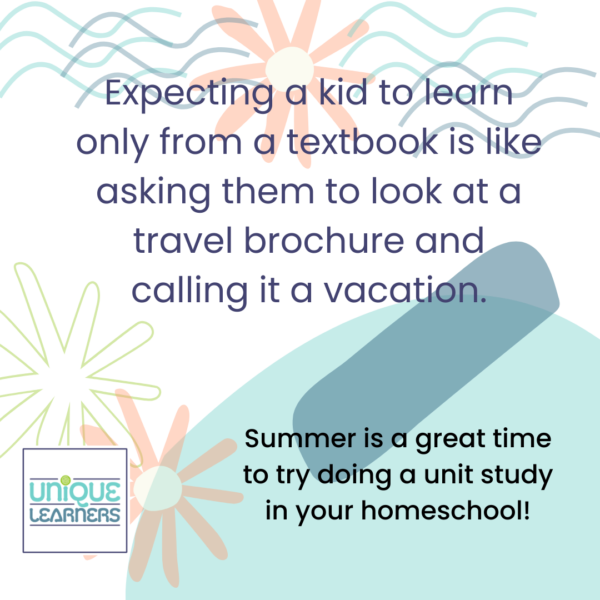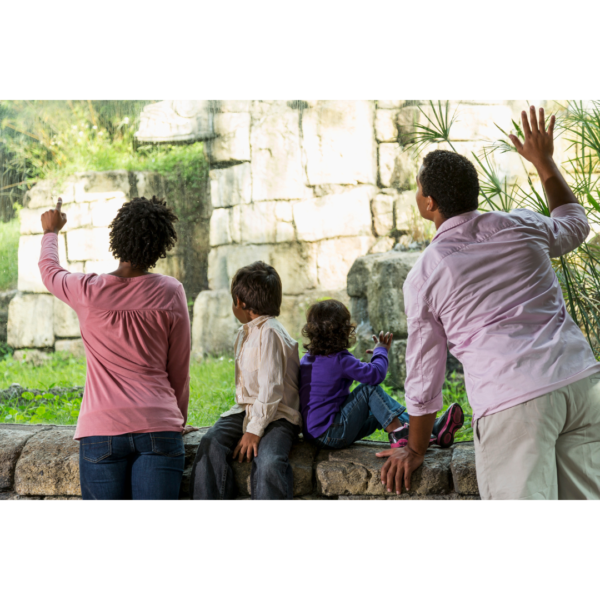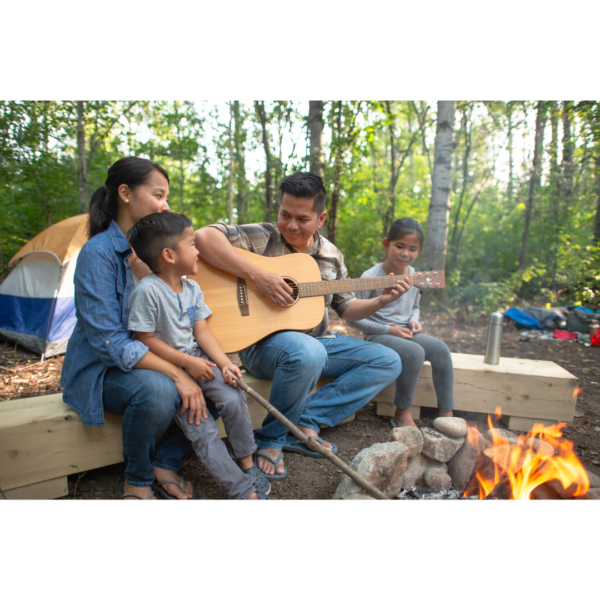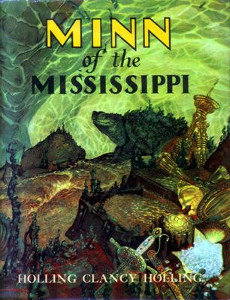Summer is the perfect time to take a break from traditional homeschooling and explore different topics and themes. Creating a summer unit study can be a fun and engaging way to keep your child learning while still enjoying the summer months. Here are some tips on how to create a homeschool summer unit study.
Choose a Summer Unit Study Theme.

The first step in creating a summer theme unit is to choose a theme. You may want to consider your child’s interests or something related to summer. Some popular summer themes include:
- Beach and Ocean
- Camping
- Insects and Bugs
- Outdoor Adventures
- Space and Astronomy
- Water Activities
Once you have chosen a theme, you can start planning your unit.
Plan Your Unit

The next step is to plan your unit. You will want to think about what you want your kids to get from the unit study, what activities you think will help your kids learn concepts or skills, and what local resources or supplies you have available to you.
Learning Objectives

What do you want your child to learn during this unit? Make a list of learning objectives that you want to cover. For example, if your theme is beach and ocean, you may want to cover topics such as marine life, ocean currents, and beach erosion. Your objectives can be written in any way that makes sense to you. You don’t need to worry if your objectives aren’t in “official” teacher/school format. Just make a list or write statements, like:
I want my kids to know about at least 3 tide pool animals.
I want my kids to experiment with things that float or sink in fresh and salt water.
Homeschool Summer Activities
Think about activities that will engage your child and help them learn. These can include reading books, watching videos, doing experiments, and going on field trips. For example, if your theme is camping, you may want to read books about camping, learn how to build a fire, and go on a camping trip.
We liked to use field guides for any camping trips. We studied birds, tree identification, fungi, flowers, and so many more topics!

Resources
Gather resources that will help you teach your child. These can include books, videos, websites, and worksheets. They can also include local or state places to visit that fit your unit study objectives. Look for resources that are age-appropriate and align with your learning objectives.
To search for ideas, the best places to look are Pinterest and Amazon and YouTube, and of course, Google.
Once you have made lists of what you want to to learn about, what activities you want to do, and what books, videos, or trips you have available to you, then put your ideas on a calendar. Scheduling activities at home isn’t so important, but if you plan to go on a field trip or travel, it helps with making reservations or saving the funds needed for admission.

Implement Your Summer Unit Study
Once you have planned your activities, it’s time to implement it. Here are some tips for implementing your summer theme unit.
- Use your schedule, but be flexible. You may have to adjust due to weather or availability. Set aside time each day or week to work on your unit with your children. This will help you stay on track and ensure that you cover all of your learning objectives even if they aren’t the same as the schedule you originally set up.
- Get your child involved. Encourage your child to take an active role in their learning. Ask them questions. Help them find answers to their own questions. Have them complete activities, and let them choose subtopics that interest them. Have a lot of outdoor, hands-on activities to do. However, plan for a few coloring pages, videos, indoor projects, or worksheets for rainy days or when the kids are needing an indoor day.
- Have fun: Remember that this is supposed to be a fun and engaging way to learn. Don’t be afraid to get creative and try new things.
Our Family’s Favorite Homeschool Summer Unit Study Topics
Minn of the Mississippi, by Holling C. Holling
This is the story of a turtle who followed the Mississippi River from its headwaters to the Gulf of Mexico.

In this unit, we studied the Mississippi River. We did a camping trip to the headwaters in northern Minnesota. We went on a tour of the locks and dams in Minneapolis. We colored maps of the Mississippi River and learned the states that are involved. Then we studied turtles. We read about and watched videos about different types of turtles. Then we went to a pet store to look at turtles. We talked about getting a pet turtle and made a pros and cons decision-making list. Then we created a mini natural history museum box to collect interesting outdoor samples described in the book. The kids did m
Lewis and Clark
For many years, we lived in Montana, where Lewis and Clark traveled with the Corps of Discovery. We had many opportunities to visit the Lewis and Clark Interpretive Center and attend yearly reenactment events.
One summer we did a big Lewis and Clark homeschool summer unit study. We colored and marked maps to track the Missouri River and the journey. We read many different books on Lewis and Clark, including biographies on Thomas Jefferson and Sacagawea. As we came to the different milestones of the journey in our studies, the kids took turns creating a Lewis and Clark quilt. We used white broadcloth squares and fabric markers. The kids helped sew the quilt together with red and blue quilting fabric. The quilt has also become a treasured memory of the different ages of our kids when we did the Lewis and Clark study.

I have since done this unit study with other students. I have created a set of drawings for tracing the milestones that can be used as a coloring book or to trace onto quilt squares. I also use a classroom quilting set that can be tied together to create the Lewis and Clark quilt.
If you are a traveling homeschool family, this can be an especially fun summer unit, filled with plenty of history and science topics to focus on and places throughout the United States to visit!
Creating a homeschool summer theme unit can be a great way to keep your child learning while still enjoying the summer months. By choosing a theme, planning your unit, and implementing it, you can create a fun and engaging learning experience for your child.
So, get started on your homeschool summer unit study today!

